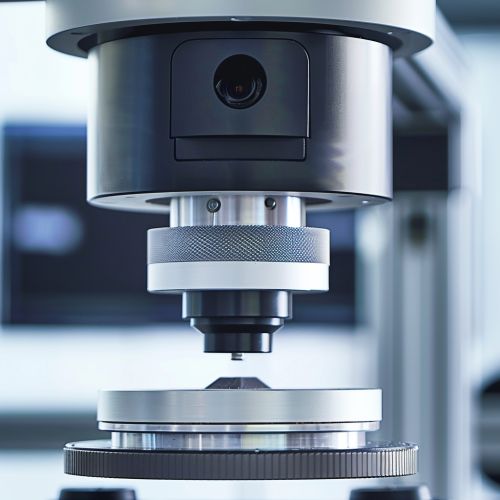3D imaging
Introduction
3D imaging is a technique to develop or create the illusion of depth in an image. It is a highly versatile technology that is used in various fields such as healthcare, entertainment, architecture, and many more. 3D imaging is generally created using two lenses. The image captured by each lens is slightly different from the other as they are a few inches apart, this difference creates a 3D effect.
History
The concept of 3D imaging has been around since the invention of photography. In 1844, David Brewster invented the stereoscope, which could take 3D photographic images. In the 20th century, the application of 3D imaging started to become more prevalent in movies and animations, and its use has continued to expand into various fields.
Techniques
There are several techniques used to create 3D images. These include:
Stereoscopy
Stereoscopy is a technique for creating the illusion of depth in an image by means of stereopsis for binocular vision. This technique involves capturing two slightly offset images and then presenting them separately to the left and right eye of the viewer. These two-dimensional images are then combined in the brain to give the perception of 3D depth.
Holography
Holography is a technique that enables a light field to be recorded and later reconstructed when the original light field is no longer present, due to the absence of the original objects. Holography can be used to display a fully three-dimensional image of the holographed subject.
Volumetric display
Volumetric display includes all visual displays that form a visual representation of an object in three physical dimensions, as opposed to the planar image of traditional screens that simulate depth through a number of different visual effects.


Applications
3D imaging has a wide range of applications in various fields. Some of the key applications include:
Healthcare
In healthcare, 3D imaging is used in radiology, ultrasound, and MRI scans to create 3D images of patients for diagnosis and treatment planning.
Entertainment
In the entertainment industry, 3D imaging is used in movies, video games, and virtual reality to create a more immersive experience for the viewer or player.
Architecture
In architecture, 3D imaging is used to create detailed models of buildings and landscapes. This allows architects and designers to visualize their designs before they are built.
Industrial Design
In industrial design, 3D imaging is used to create detailed models of products. This allows designers to visualize their designs before they are manufactured.
Future of 3D Imaging
The future of 3D imaging is expected to see significant advancements with the development of new technologies and applications. This includes the use of 3D imaging in autonomous vehicles, drones, and other robotics applications. Additionally, advancements in artificial intelligence and machine learning are expected to further enhance the capabilities of 3D imaging technologies.
